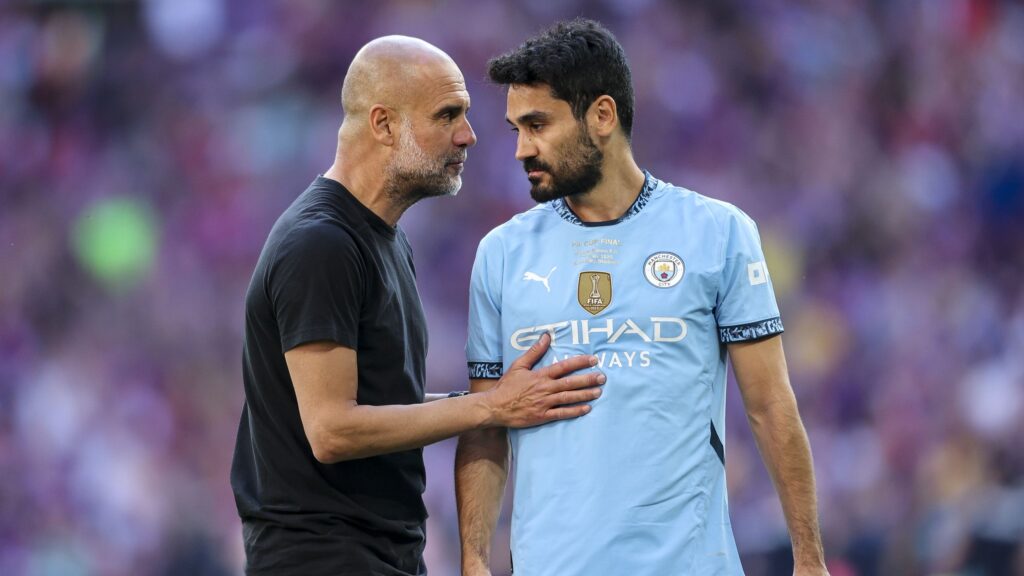In a highly anticipated clash, Manchester City and Wydad Casablanca faced off, showcasing the strengths of both teams through their lineups. The match promised to be a thrilling encounter, with each team’s strategic choices reflecting their objectives and aspirations for victory.
Starting with Manchester City’s XI, they lined up with Ederson in goal. The Brazilian goalkeeper has become a crucial figure for the team, known for his exceptional shot-stopping abilities and his skill in initiating plays from the back. In defense, the City squad featured young talent Rico Lewis alongside established players like Nathan Ake and O’Reilly. Lewis, in particular, has been making waves with his speed and tactical awareness, adding depth to City’s defense. Ake and O’Reilly, both seasoned players, provided stability and experience, aiming to thwart any attacks from Wydad.
In the midfield, City deployed Reijnders, Phil Foden, and Cherki. Reijnders brings strength and creativity, often dictating the pace of play. Phil Foden, a fan favorite and a product of the City academy, is known for his flair and ability to pop up in crucial areas of the pitch. Cherki, with his impressive dribbling skills, was expected to add a creative spark going forward. Their synergy aimed to dominate possession and create scoring opportunities.
The attacking midfield trio was rounded off by Savinho, Doku, and Marmoush. Savinho, a promising young talent, has shown remarkable pace on the wing, making him a constant threat to opposing defenses. Doku, known for his explosive speed and ability to take on defenders, was expected to exploit spaces on the flanks. Lastly, Marmoush, who has a knack for finding the back of the net, served as the focal point of the attack, looking to capitalize on any defensive lapses. As substitutes, City had a strong bench with players like Haaland, Rodri, Gundogan, and Silva, each of whom could make a significant impact if called upon.
On the other side, Wydad Casablanca featured goalkeeper Benabid, who set the tone for their defensive line. The defense comprised Moufid, Boutouil, Moufi, and Meijers, all of whom have demonstrated solid defensive capabilities in previous matches. Their primary objective was to contain City’s dynamic attacking players while looking for opportunities to counterattack.
In midfield, Wydad deployed Ferreira and El Moubarik, who are both known for their energy and ability to transition quickly from defense to attack. Supporting them were Zemraoui and Lorch, both tasked with providing width and creativity, hoping to exploit any gaps left by City’s defenders. Amrabat contributed both defensively and offensively, aiming to distribute the ball effectively and link play.
Up front, Wydad was led by Mailula, whose speed and goal-scoring instincts posed a potential threat to City’s backline. The combination of Wydad’s structured defense and stage presence in the midfield sought to engage in a tactical battle with Manchester City.
Wydad’s bench included options such as El Motie, Aqzdaou, and Harkass, among others, providing a blend of experience and youth. Coach’s tactical substitutions would be essential in providing fresh legs and new ideas as the game progressed.
In summary, the match between Manchester City and Wydad Casablanca illuminated not just individual talents but also the tactical approaches each team would employ. City relied on their depth and the ability of their key players to influence the game, while Wydad countered with a blend of resilience and creativity awaiting an opportunity to strike. The matchup was set to be a showcase of skill, strategy, and determination, as both teams sought to secure a victory and prove their prowess on the field.



